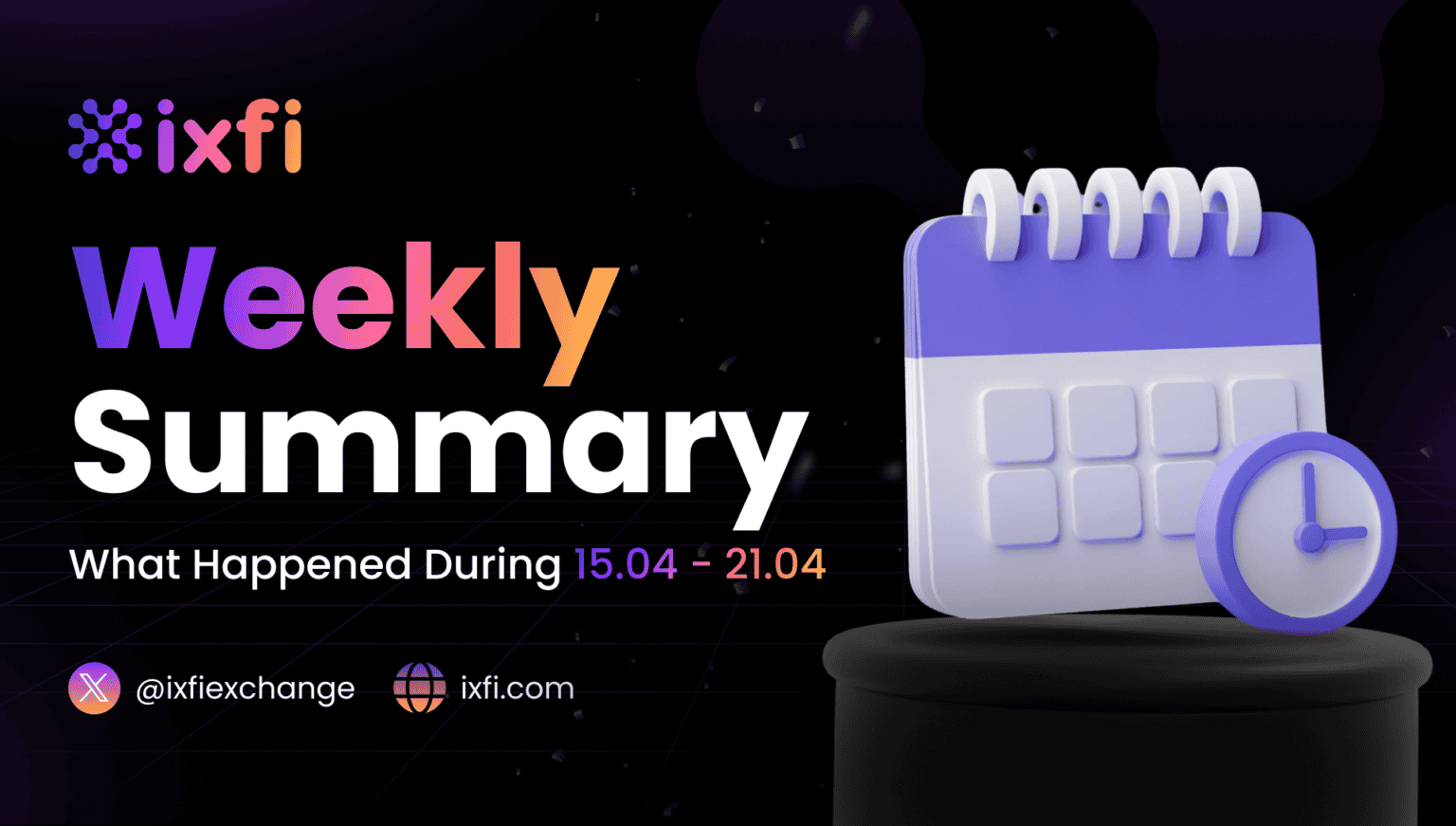The public has been talking about inflation since 2020, when we saw abrupt economic growth, and since The United States of America has printed American Dollars en-masse, trying to help the world by keeping away a worldwide crisis, even if they knew that one is right behind the corner.
The Covid-19 Pandemic affected the whole world, especially tourism (that many countries were relying on) and the entire hotel industry. Economies have recovered shortly after excessive money printing, which was a temporary effect. However, since 2021 inflation has grown to alarming levels, the most affected countries being that outside of the EU, like Turkey, but also countries that still have their currency, like Romania, where inflation climbed to 14%.
On the edge of a Recession?
Another news that people have been discussing recently is the rate hike, one method that economists recommend to control inflation. If people think twice before borrowing money and if banks take on more credit insurance, the chaotic spending that we saw since 2020 would be diminished, and the probability of debt growth would be lower, slowing down the economy – something that would still be better than a recession.
Economic crises represent periods of decline that can last from six months to several years when industries and economic activities are significantly reduced. An official definition says that we are going into recession if the GDP (Gross Domestic Product) per capita falls in two consecutive quarters. It’s essential to remember that The United States of America has declared a negative GDP for the first quarter of 2022, with -1,4%.
So, what is Stagflation?
At the same time, people are worried about the decline of purchasing power and the unemployment rate that may climb upwards.
Shortly, Stagflation refers to high inflation that is combined with production’s decline and purchasing power and unemployment rate growth.
Economic growth is when the GDP per capita should stagnate or increase – as well as the purchasing power of people when it comes to buying goods and services. The term combined inflation and stagnation and was first mentioned in 1965.
And ’70 and ’80 are famous for this type of crisis in the USA. Specialists fear this phenomenon because in both historical cases when Stagflation happened, it was at the same time as an economic recession. We are all afraid of shaking the peace we have become accustomed to since 2021, the year that marked the end of the last crisis.
Why is Stagflation happening, more precisely?
We mentioned earlier that to stop inflation or a possible recession – new money was printed, and a lot of help was given, especially by the American government during 2020.
However, because of the Pandemic, many countries had a bunch of travel restrictions and people either didn’t have where to spend their money or preferred to keep them or invest them, fearing that anything could happen.
So while personal savings began to be spent, sectors benefited from colossal price increases resulting from the inflation driven by the global crisis of gas and electricity.
This time, rate hikes were imposed to stop inflation, meaning that it will cost more to open businesses or maintain the companies we already have – something that could lead to unemployment – thus making the Staglflation more difficult.
Moreover, inflation will not stop soon because gas and energy prices keep growing. Yet, the purchasing power is declining because wages cannot control the pace with price growth and people have either financially educated themselves not to waste resources, or they have already run out of the surplus money they had.
This way, the purchasing and production power cannot stay at the same level as in 2021, the GDP declines, the inflation keeps growing, people are laid off from their workplace, and once the GDP is reported negative for two consecutive quarters, we find ourselves in a global economic recession. Therefore, Stagflation is the result of public monetary and fiscal policies.
Stay informed about the market’s current situation by keeping up with our blog. For a better trading experience, Your Friendly Crypto Exchange is the place to be. Register on IXFI and trade over 500 coins with 0% commission.
Disclaimer: The content of this article is not investment advice and does not constitute an offer or solicitation to offer or recommendation of any investment product. It is for general purposes only and does not take into account your individual needs, investment objectives and specific financial and fiscal circumstances.
Although the material contained in this article was prepared based on information from public and private sources that IXFI believes to be reliable, no representation, warranty or undertaking, stated or implied, is given as to the accuracy of the information contained herein, and IXFI expressly disclaims any liability for the accuracy and completeness of the information contained in this article.
Investment involves risk; any ideas or strategies discussed herein should therefore not be undertaken by any individual without prior consultation with a financial professional for the purpose of assessing whether the ideas or strategies that are discussed are suitable to you based on your own personal financial and fiscal objectives, needs and risk tolerance. IXFI expressly disclaims any liability or loss incurred by any person who acts on the information, ideas or strategies discussed herein.




